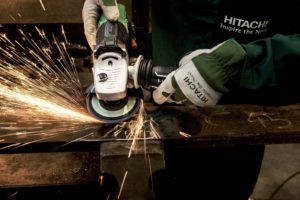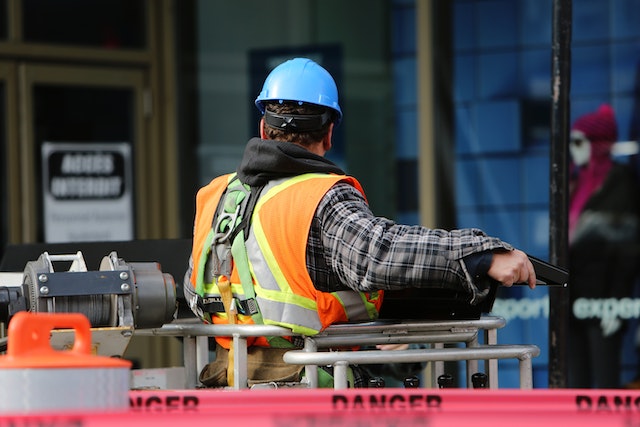
Abrasive Wheels & Safety
SAFETY IN INDUSTRY (ABRASIVE WHEELS) REGULATIONS, 1982 Training required by

Why is risk assessment essential?
In Ireland, the Health and Safety Authority (HSA) is responsible for the implementation of the Safety, Health and Welfare at Work Act (2005).
A construction risk assessment helps determine at-risk parties, create awareness around the risks present on-site, assess current loss prevention measures in-place, ensure contract requirements are upheld, and decide if additional controls need to be instituted.
Regular risk assessments are essential in construction and any workplace, to identify potential hazards and assess the risk of injury or ill health that these hazards may pose.
It also helps to identify any additional control measures that may be required to protect workers and reduce the potential for injury or ill health. This can help to prevent accidents, reduce downtime, and increase overall productivity.
Each particular workplace will have different hazards and risks depending on the kinds of activities carried out in the workplace, and the risk assessment must be tailored to suit this unique environment.
Risk Assessment in 5 stages
Plan & Consult
Collect information on how the task is performed and identifying the key stages in the task. This should be a team effort involving consultation with those that normally do the job.
Detail
Collect all technical details to include information on the load weight, load size, number of manual lifts, general information on postures observed and the work environment
Identify
Identify the problems or risk factors that could lead to potential injury. Tailor the plan including tasks, consultation & technical details to ensure all identified risks & hazards can be minimized & avoided.
Solutions
Identify what improvements you can put in place & investigate potential solutions. (i.e. mechanical aids, reduce the need for travelling long distance or reducing the size of the load to be carried). Employees should be consulted as part of this process.
Review
Once your Risk Assessment is completed & potential hazards have been identified, you must create a plan of action to resolve & eliminate these hazards as much as possible before proceeding with any tasks. Review the effectiveness of the control measures & plan in relation to avoiding the risk of possible injury.
Tips for conducting your Risk Assessment
Risk Assessment Do’s
• Identify potential hazards and assess risks
• Have a risk management plan that outlines the procedures to manage risk
• Ensure that the plan keeps up to date with changes in the industry, technology, and regulations
• Train staff in safety procedures and ensure that they adhere to them
• Use appropriate safety equipment and clothing
• Take measures to ensure that the work environment is safe and secure
• Provide emergency plans and equipment
Risk Assessment Don’ts
• Don’t ignore potential hazards.
• Don’t assume that the risks are insignificant.
• Don’t overlook the importance of safety.
• Don’t skimp on safety equipment or training.
• Don’t allow inexperienced or untrained workers on the site.
• Don’t take shortcuts when it comes to safety.
Don’t learn safety by accident…
Be Smart, Be Safe
with Training24

SAFETY IN INDUSTRY (ABRASIVE WHEELS) REGULATIONS, 1982 Training required by

Construction work represented approximately 6% of the working population in

What is Working at Height? Working at height is any